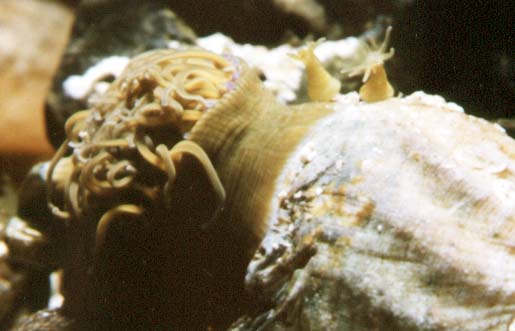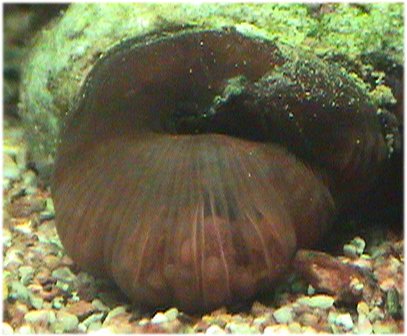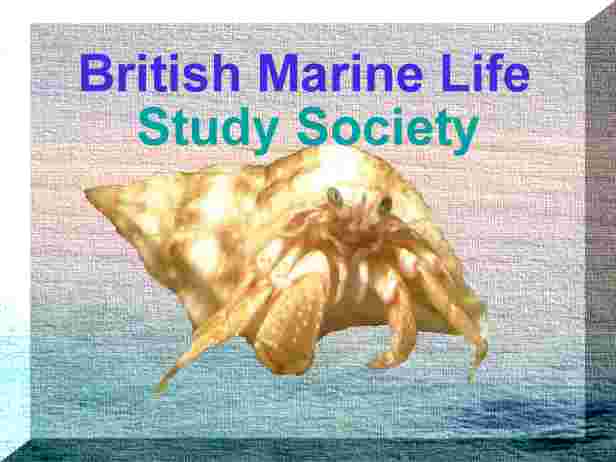
|
|
| GENERAL
Sea Anemones |
| Movement |
| Feeding |
| Predators |
| Diagram |
|
|
| Placozoa |
| Porifera |
| Cnidaria |
| Ctenophora |
| Mesozoa |
| Platyhelminthes |
| Nemertina |
| Gnathostomulida |
| Gastrotricha |
| Rotifera |
| Kinorhyncha |
| Loricifera |
| Acanthocephala |
| Entoprocta |
| Nematoda |
| Nematomorpha |
| Ectoprocta |
| Phoronida |
| Brachiopoda |
| Mollusca |
| Priapulida |
| Sipuncula |
| Echiura |
| Annelida |
| Tardigrada |
| Pentastoma |
| Onychophora |
| Arthropoda |
| Pogonophora |
| Echinodermata |
| Chaetognatha |
| Hemichordata |
| Chordata |
| CNIDARIA |
|
|
Beadlet Anemone
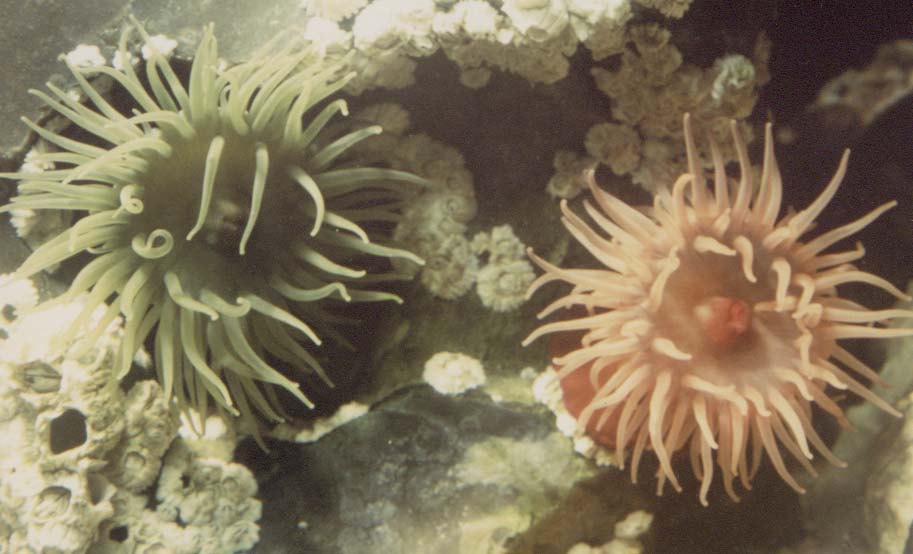 |
Common
Name(s): Beadlet Anemone Scientific Name: Actinia equina Family: Usual Size: 25 mm (base diameter) |
| Identification:
Colours: red, green, brown. The blue beads (acrorhagi) are always present at the top of the column underneath the tentacles. Occasionally they are white or off-blue. 
Similar species: Actinia fragacea , Anthopleura ballii Beadlet Anemones
Gallery
of Beadlet Anemones on the NE
Atlantic Cnidaria facebook group.
Group members are encouraged to upload their own images of this very common intertidal sea anemone to the group portolio..The Beadlet Anemone is found in a small variety of colours and patterns that some people have divided Actinia into two or more species, notably the all red or green Actinia equina and the 'strawberry variant'Actinia fragacea with a red column speckled with green spots. The variations are further complicated by striped specimens and brown specimens which may look orange in certain light.There are still mysteries over the reproduction of this anemone which have not been resolved conclusively.
6 February 2012 The Beadlet Anemone, Actinia equina, collected on Worthing Beach on 18 April 2011 is now a "strawberry type" with pale tentacles which is frequently seen in wild specimens. It has a reddish-brown column with a full array of green spots. 22 October
2011 19 May 2011
Beadlet Anemone, Actinia equina, spurting out a young anemone. The best explanation of their reproduction is by parthogenesis. However, the author of this piece (Andy Horton) considers the likelihood that they break off internally (a bit like internal basal laceration) to be a possibility. No evidence of sexual reproduction has been observed despite extensive study. Beadlet Anemones are either male or female, but it is not yet understood if sexual reproduction occurs. Both sexes are known to brood offspring internally before giving birth to live young. It is thought that the offspring are produced asexually by a process of internal ‘budding’. (Fish & Fish and verified by personal observation). Spring 2000: You remember the big Beadlet you gave me ages ago ? Came downstairs this morning and found it has literally exploded...there are hundreds of tiny anemones everywhere in the tank, all over the parent, the rocks, pumps..they are everywhere. I've never seen one do that before, the other ones I've had have normally given birth to a few at a time, not like this one. The parent seems to be OK, a bit shrunken and lumpy, but otherwise fine.
Beadlet Anemones with their tentacles retracted.Food: Mussel flesh, small crustaceans (copepods, larvae), fragments and whole larger (dead) crustaceans, worms. Small crabs, especially the Shore Crab. Biogeographical
Range: Additional
Notes: Sea Anemones fight over territory. The red Beadlet Anemone, Actinia equina uses its acrorhagi (blue beads) and the green Snakelocks Anemone, Anemonia viridis uses its long tentacles. pic. Double-headed specimens can occur. Neither "catch tenctacles" or acontia have been observed in this species. "Sir John
Dalyell at his time kept a well-known
specimen of Actinia equina named
"Granny" in captivity for decades and at
his decease Charles Peach inherited the
animal, which in this way happened to live
in Edinburgh for more than 50 years, so at
least certain species seem to be able to
have a very long potential life
span." Time lapse of the anemone crawling (External site) http://www.nhm.ukans.edu/~inverts/ Stripes occur on both red and green specimens. The blue acrorhagi can be seen clearly in this Sussex specimen. 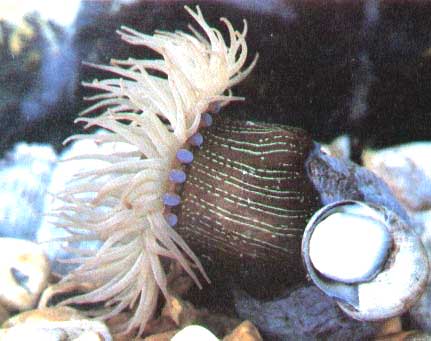
Shorewatch Project EMail Glaucus@hotmail.com. All messages will receive a reply.
|
| FIVE KINGDOMS TAXONOMIC INDEX TO BRITISH MARINE WILDLIFE |
|
|
|
News 2018 |
Membership Form |
|

